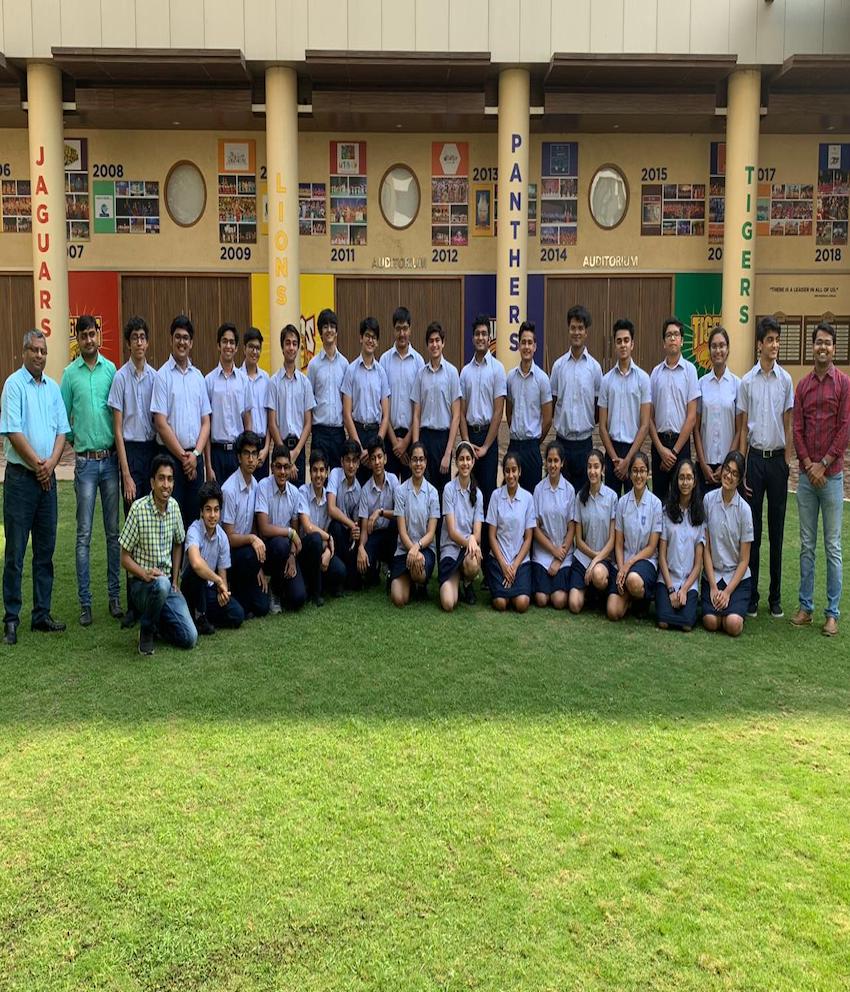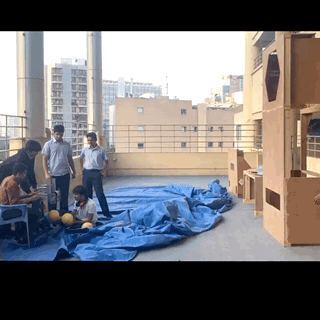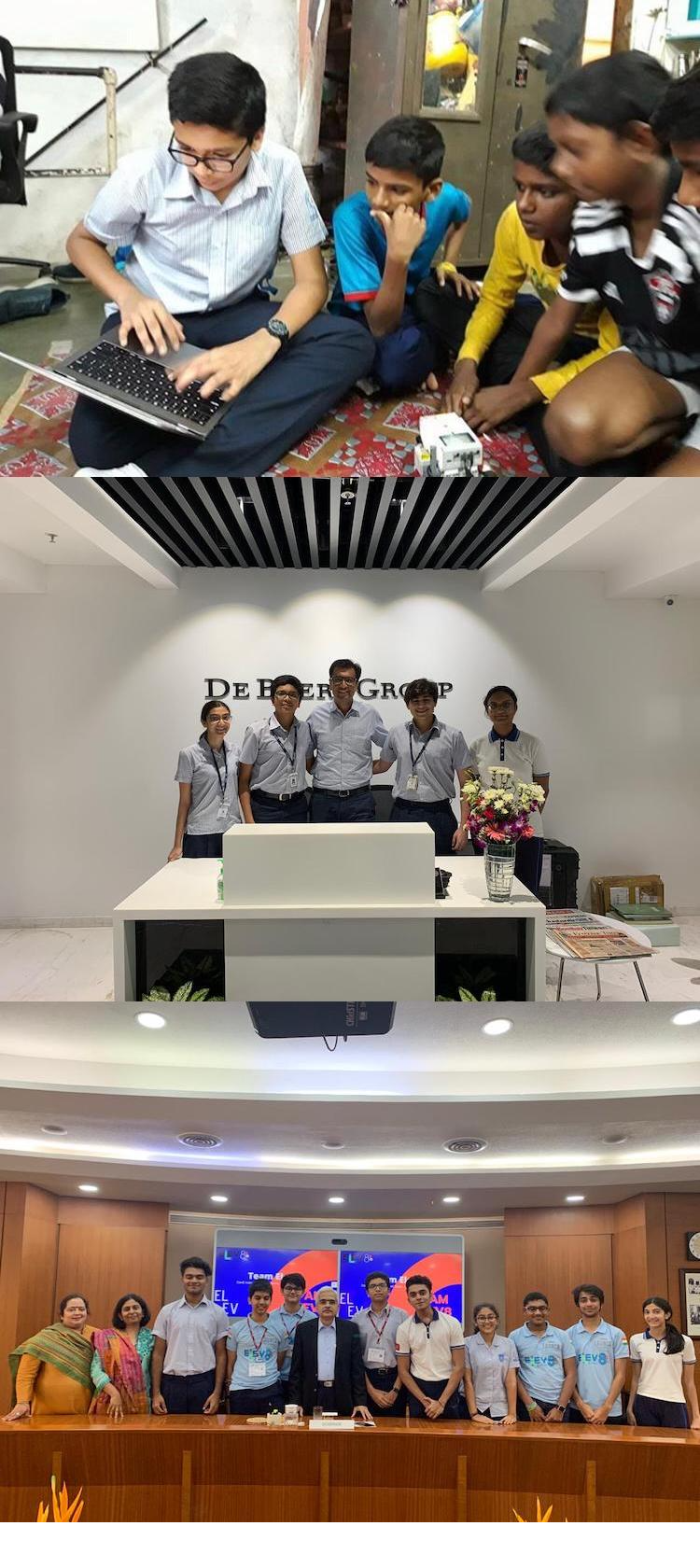Outreach and Sponsorship
Another major component of this competition is outreach. This means reaching out to the underprivileged and people with lesser opportunities and teach them about STEM and robotics while spreading the message of FIRST. Locally, we regularly visited the Sankalp Shikshan Sanstha every Saturday, where we met children with hearing disabilities. At first, we found it challenging to communicate with them, but later we started to understand each other. We also visited students from the Acorn Foundation at Dharavi every Friday. These students were from very economically backward societies and they had no means or opportunities to pursue STEM and robotics. However, when we reached out to children from both these foundations, we realised that they were as skilled as we were. Their grasping capability was tremendous and within weeks, they were building their own small robots using the Lego EV3 sets and programming it using the Lego Mindstorms software.
We had also conducted 2 FIRST awareness camps - Sinarmas World Academy and Creative Kids at Jakarta, Indonesia. In our school too, to spread the message of women empowerment, we taught girls from lower grades every week about the basics of robotics. This was done because it is often found that it is mainly boys that are interested in engineering, STEM and robotics. Thus, by conducting these outreaches, we hoped to Elev8 Individuals, Elev8 Teams and Elev8 Communities!
Additionally, we hosted several FLL (FIRST Lego League) kickoffs, wherein we held a mock FLL competition and sponsored the winning team to participate in the real FLL competition. This gave several students the opportunities that they would not have been able to receive normally. We have held several FLL kickoffs at our school, the American School of Bombay as well as the Nehru Science Centre in Mumbai. We have also travelled globally to Turkey, Singapore and Nepal to conduct outreaches and even help rookie FRC Teams. In 2019, we were invited by the Education Minister of Goa to conduct outreaches. We also conducted an FLL Kickoff at Goa.
To conduct these outreaches, we required a large number of funds. Therefore, we reached out to large companies and request them to sponsor us so we could continue to spread the message of FIRST. I had met with the CEO of Forevermark India, Mr Sachin Jain, who promised a sponsorship of Rs. 1,00,000 as well as the Governor of the Reserve Bank of India, Mr Shaktikanta Das. In the 2019-20 season, we had received sponsorships ranging from Rs. 1,00,000 to Rs 5,00,000 from over a dozen companies including JM Financial, Marsh Insurance and Ambuja Cement.



